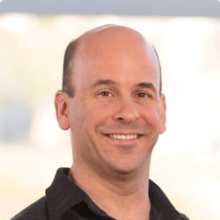Antoine Villata, CEO of Planisware North America, kicked off the keynote by providing insights on how companies will increasingly rely on projects to deliver products, services, and solutions.
Antoine Villata, CEO of Planisware North America, kicked off the keynote by providing insights on how companies will increasingly rely on projects to deliver products, services, and solutions. To thrive in the project economy, organizations must prioritize productivity, resource planning, and results while adopting AI-driven technologies to unlock their data's full potential.
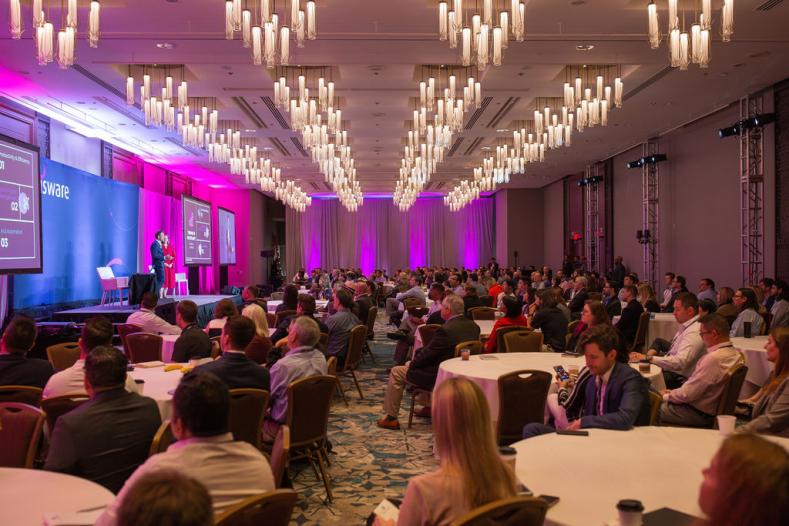
In today’s world with remote employees, contractors and globally distributed resources, organizations should place a premium on productivity and efficiency. They can do this by optimizing their available resources via granular scenario planning at enterprise scale so they can make the right decisions.
It’s no surprise that KPIs and OKRs are increasingly being adopted to drive project success. Organizations can align these capabilities because they’re being built within project management technology. A key to success in any organization is decisions that are informed by actionable insights and intelligent reporting fueled by real-time, trustworthy data.
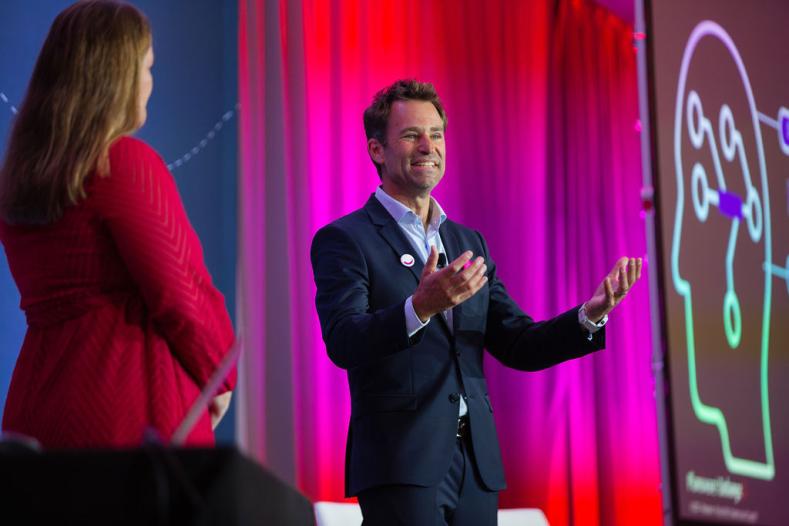
Related to this last point, Antoine emphasized the importance of embracing AI to leverage historical data to predict the future and make data-driven decisions. AI benefits include predictive analysis for faster product launches and chatbots for real-time answers, simplifying the lives of product managers and executives.
The two main customer keynotes were speakers from Archer Daniels Midland (ADM) and PepsiCo. ADM is one of the world’s largest nutrition companies while PepsiCo is a large, packaged food and beverage company with a vast portfolio of brands. They shared their organizations’ strategy and vision of how they use Planisware to thrive during uncertain times.
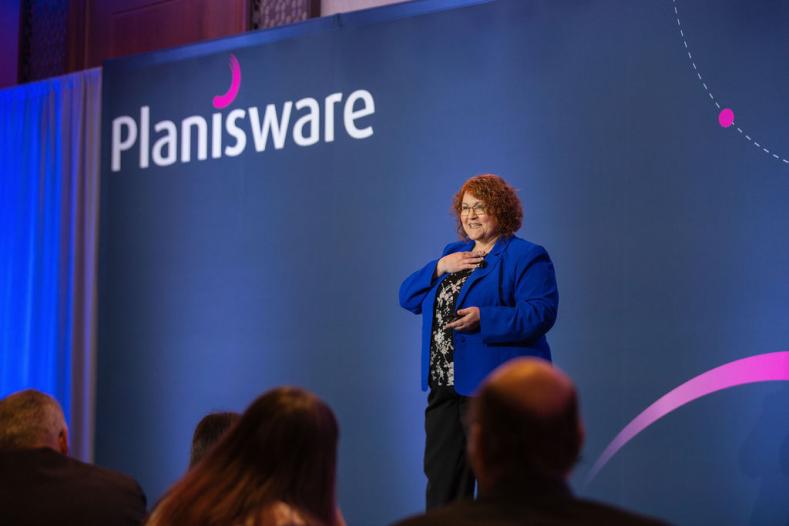
Jen Ciolino, Vice President of Global Technology PMO at ADM described the enormous responsibility of how running global food supply chains means potential disruptions will cause people to go hungry. She and her team manage their technology so ADM can react quickly and locally to regional and global dynamics.
To appreciate the scale of ADM’s global challenges, they operate in over two hundred countries with over a thousand locations on six continents. They collaborate with farmers, transporters, processors, and other supply chain partners. Ripple effects from inflation impact consumer choices. Adverse weather impacts harvests. Emerging, growing markets and government regulations have to be managed. Decades of acquisitions burdened ADM with aging legacy systems while they also embarked on a global SAP implementation.
Jen painted the picture of what these challenges mean, the questions they must answer, and explained why portfolio project management is so mission critical to ADM.
“These kinds of global challenges provide the context for why portfolio management practices are so important for ADM to continue to react to what we need to react to. When uncertainty comes, we have to realistically look at our portfolio across the different types of investments.
“Because we have an aggregate view of our portfolio, we ask, ‘When are we expecting benefits? Where are we in project delivery? When are we planning to spend this money? Is it CapEx or OpEx?’ We’re able to see that and give those choices to our executive team when there is a downturn and when there is belt-tightening.”
At the end of the day, no matter what software you have to help you see your portfolio, manage decisions, monitor, and manage the health of the execution, people are the ones who get projects done. For us, that’s our employees, our partners and sometimes our customers. We had to set it up for our people to be able to function and thrive. Uplifting our portfolio practices helped uplift our overall capabilities. Structure plus master data plus standardization means they can focus on delivery.”

ADM are a winner of the Planisware Excellence Award for building a global, resource-focused decision-making process. Click here to read about it.
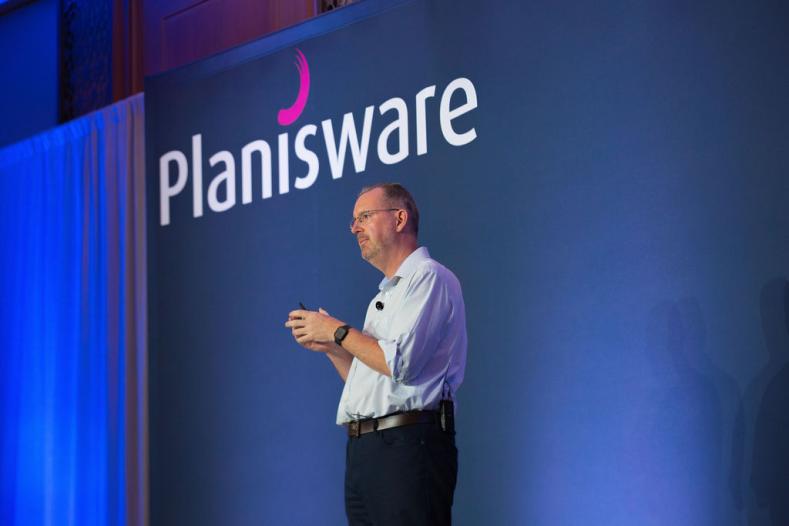
Chris Mayson, Senior Director, Global Commercialization, spoke about PepsiCo’s 2021 innovation launch and how they use Planisware to optimize innovation during uncertain times. A PepsiCo veteran of 25 years, Chris described his team’s purpose. “Our reason for being is all about innovation governance, innovation process, and making sure we’re doing projects right. We’re in the sweet spot where marketing, R&D and supply chain converge.”
80% of PepsiCo’s innovation efforts relate to refreshing and extending new formulas and flavors across their large portfolio of brands. They consider regional requirements for flavors, packaging, safety, and the complex, intricate details they have to get right to launch products and meet revenue goals.
Chris also talked about the big increase in complexity as demand for new projects around the world in every market keeps going up. However, when the average revenue for some projects is not always going up, it makes for uncomfortable situations when talking with his supply chain and R&D stakeholders.
The PepsiCo culture is very impatient. People want everything now. We’re deliberately building out a multi-year roadmap. The analogy we use to senior stakeholders is ‘we’ve gotten the biplane off the ground and it’s really important we all fly the biplane together. We’re not going straight to the rocketship because when you do, it overwhelms people, and they blame the system. In the PepsiCo culture, every market is fiercely independent.
You’ve got to walk in the shoes of your end users. A lot of our training is scenario-based. It can’t all be about me and the benefits I’ll get sitting in New York. It’s got to be if you’re a project manager in Egypt, Brazil, or China. How is this going to solve some of the pain points you have day in and day out? We’re really focused on that.
When it comes to senior stakeholders, there’s a balance. We’ve needed our senior leaders to lay the groundwork for us, to cough up the money if I’m honest. We also need to say to them ‘this is really important in every function but now it is critical that we’ve got thousands and thousands of users around the world excited and engaged in Planisware to truly help us embed it.’ I hope to come back in a year to tell you we’ve rolled it out from six countries to a hundred. That’s the trajectory we’re on.”
The possibilities are endless because we’ve given our senior executives a peek under the tent of what Planisware could bring. One of the things we’re most passionate about is how do we link internal data with external data? One of the things Planisware has done for us is find smart connections with our internal finance data to find ‘here’s what you said the project was going to cost internally. Now we’ve got net revenue data because it’s in market.’ You can look at and track back your in-market performance. The next step will be to bring in some consumer metrics to look at ‘is this resonating with consumers? What’s the distribution? The rate of sale? What’s the repeat rate?’ I think we’re going to get people excited inside PepsiCo to link that data and bring it all back into Planisware. It’s a real example of where Planisware can be that one source of truth.
Watch the highlights from Planisware Exchange 23
